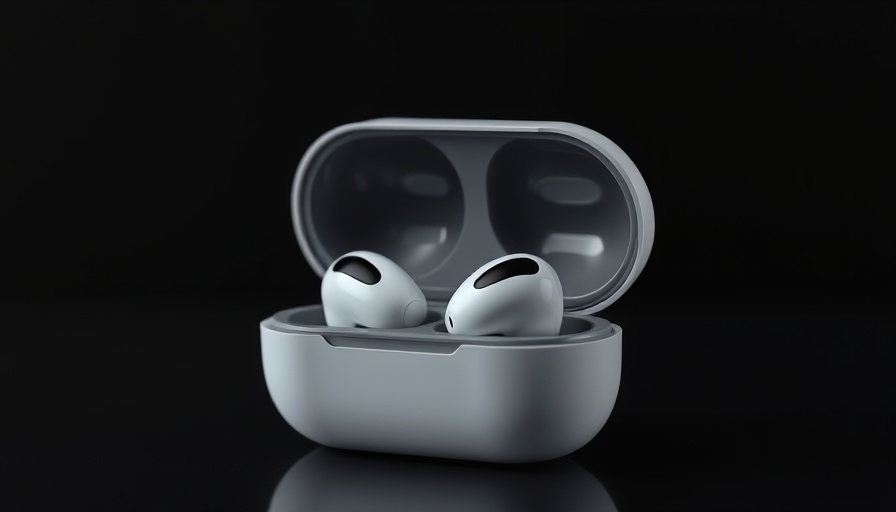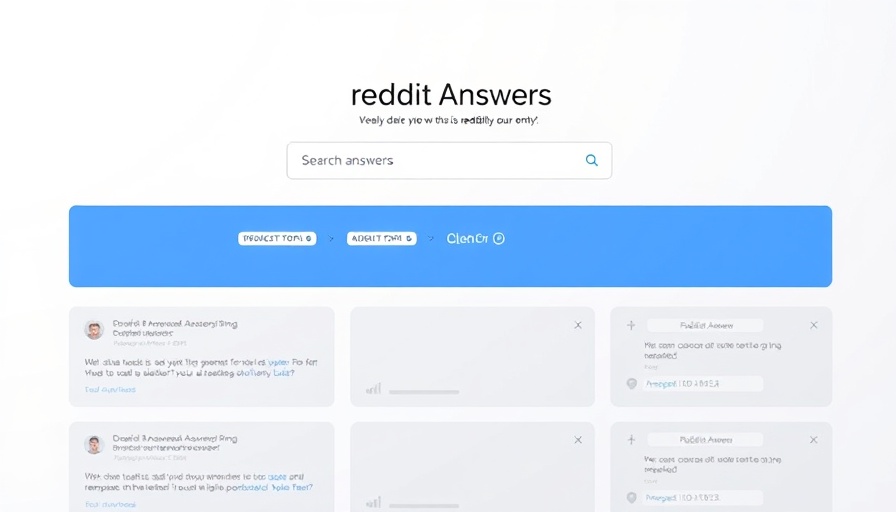
A Hearing Aid Revolutionized: Apple Joins the Fight Against Hearing Loss
In September 2024, the US Food and Drug Administration (FDA) made a significant shift in public health by approving over-the-counter hearing-aid software for Apple’s AirPods Pro 2. This development opened the doors for a more accessible hearing solution at a price point around $200, a fraction of the cost of traditional hearing aids which may run over $2,000. For many individuals with mild to medium hearing loss and conditions like tinnitus, this innovation was greeted with enthusiasm as it promised to democratize access to essential auditory technology.
The Challenges of Traditional Hearing Aids
In the past, getting hearing aids often required a trip to an audiologist, a lengthy hearing test, and a subsequent recommendation that felt more like a sales pitch. With 90% of the US hearing aid market controlled by a few companies, price competition was virtually nonexistent. The result was that many who needed these devices were left either untreated or burdened by excessive costs.
A Unique Solution: AirPods as Hearing Aids
The AirPods Pro 2 provides features typically found in prescription hearing aids, including programmability and Bluetooth connectivity. Users can take a hearing test via their cell phone, streamlining the process. Apple’s introduction of this feature is a noteworthy step that may encourage those with mild hearing loss to explore their options without stigma or hefty financial concern.
Room for Improvement: What to Expect
Despite their promise, the AirPods Pro 2 are not a perfect solution. Some users report that they may exacerbate issues like tinnitus after extended use and that the ear-filling design can be uncomfortable. These drawbacks indicate that while the AirPods present a new avenue for hearing assistance, they may not entirely replace traditional hearing aids, especially for those with more severe hearing challenges.
What This Means for the Future
The entrance of a tech giant like Apple into the hearing aids market has broader implications. It signifies hope for future innovations and potentially lower costs across the entire industry. With an estimated 10-15% of adults experiencing tinnitus, there is a high demand for solutions that manage this condition effectively.
Final Thoughts: A Step in the Right Direction
For small and medium-sized business owners and managers, this evolution in hearing assistance might not be their first consideration. However, understanding the shift toward greater accessibility hints at a larger trend in technology that could impact various fields, including workplace dynamics and employee well-being. As these options continue to evolve, businesses must stay informed about emerging solutions that could enhance their team’s productivity and maintain a healthy workplace environment.
Take Action: Stay Informed
As technology evolves, so do your options. Keep an eye on innovations that could improve not just your business strategies but also overall team well-being. Explore new tools as they emerge, and consider how they can make a positive difference in your workspace.
 Add Row
Add Row  Add
Add 










Write A Comment